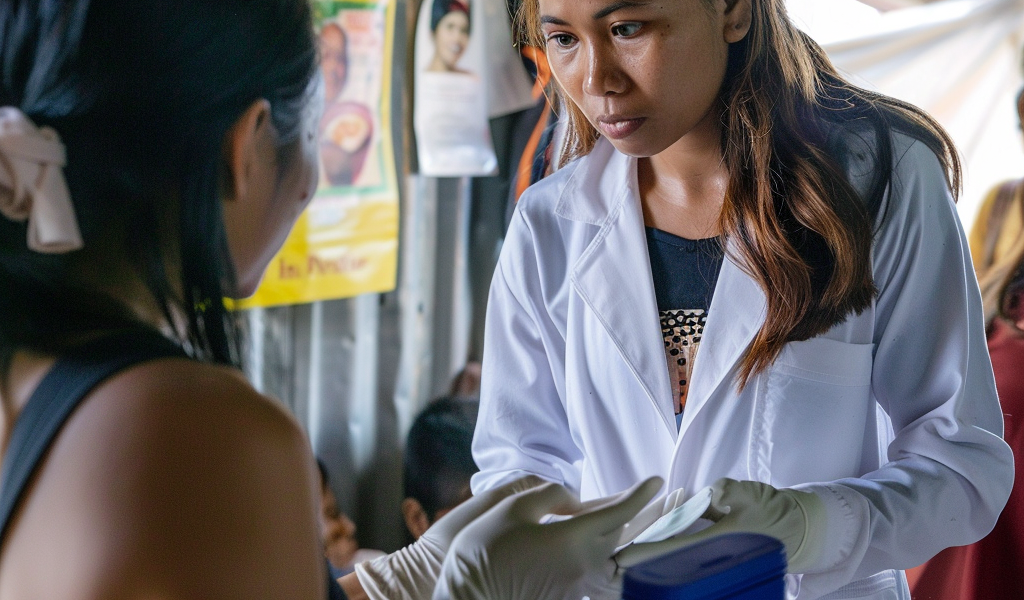The Department of Health (DOH) in the Philippines has reported a total of 52 confirmed cases of mpox, a viral disease previously known as monkeypox. Health Secretary Ted Herbosa confirmed these figures during a recent press conference, highlighting that the majority of the cases, specifically 33, are concentrated in the National Capital Region (NCR). Following NCR, the Calabarzon region reported 13 cases, while Central Luzon documented three cases. The Cagayan Valley and Central Visayas regions reported two and one case, respectively.
While one individual from the reported cases has died, the DOH clarified that the cause of death was not attributed to mpox but rather to a pre-existing comorbidity. This underlines the importance of understanding the health context surrounding each case.
In terms of demographics, the data reveals that a significant 70% of the cases, equating to 47 individuals, are male, with only five females confirmed. The age range of those affected spans from as young as six months to 66 years old. Notably, around 30% of the infected individuals are living with HIV, which may contribute to a lower immunity and higher susceptibility to infections.
Health Secretary Herbosa noted that many of the cases have no clear epidemiological links, indicating that those infected may not have had direct contact with others who also have mpox. This is a crucial finding as it suggests that the virus is not spreading rapidly within the community. Herbosa mentioned, “What’s nice is that when we have a case, none tests positive from the contact tracing. That’s what it means that it is not epidemiologically linked… One case got it abroad, while the others were not able to infect.” This statement reflects a level of reassurance regarding the containment of the virus.
All confirmed cases in the Philippines have tested positive for clade II of the mpox virus, which is identified as a milder strain. In contrast, the more severe clade 1b strain, which has been responsible for a surge in mpox cases in various African nations, has not been detected in the country. This distinction is vital as it influences public health responses and community safety measures.
Transmission of mpox primarily occurs through close and intimate skin-to-skin contact with an infected person, as well as through contact with contaminated materials such as clothing or utensils, or even infected animals. Given the nature of transmission, Secretary Herbosa expressed that the DOH is not overly concerned at this stage, stating, “So hindi kami masyadong takot dito, although may task force pa rin kami on mpox monitoring nito. But we’re not scared at all.” This indicates a balanced approach to public health, where vigilance is maintained without inciting undue panic.
The DOH has issued guidelines for the public to help mitigate the risk of transmission. Individuals are encouraged to practice good hygiene, including the use of soap and water to effectively eliminate the virus from surfaces. Additionally, the use of gloves when handling potentially contaminated materials is recommended to further reduce the risk of infection.
Symptoms of mpox can include fever, rash, and swollen lymph nodes, among others, and typically manifest within a few weeks after exposure. Public health officials continue to monitor the situation closely, ensuring that appropriate measures are in place to protect the health of the population.
The current situation underscores the importance of awareness and education regarding mpox, as well as the need for continued public health vigilance. The DOH remains committed to providing updates and guidance as more information becomes available, ensuring that the public is well-informed and prepared.





